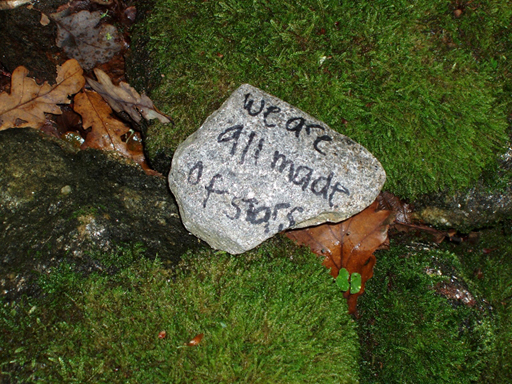We are now two thirds of the way to Santiago and looking forward to completing the journey we began together only one week ago. After meeting in Madrid, our group made our way to Leon where we were met by our guide Jason, an expat Brit who has made Spain his home. His love of the country and his knowledge of the language, history and culture have expanded our experience of the Camino beyond the pilgrimage to a broader exploration of Galicia as a distinctive region of Spain.
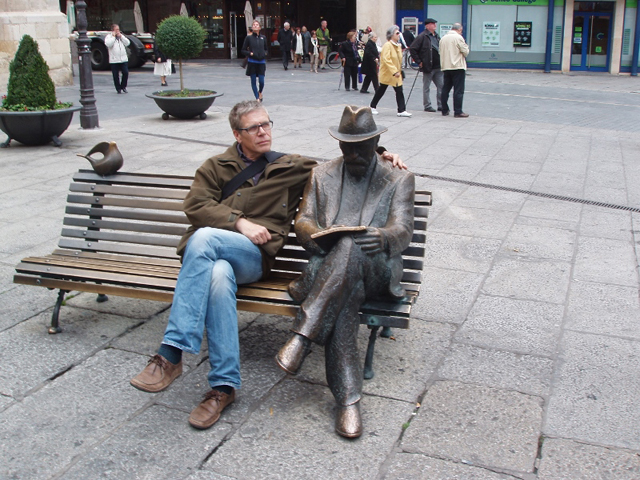
Before setting off on our walk, we explored the city of Leon with the help of Jason and a local guide, Lourdes. We admired the neo gothic building designed by Gaudi; the Cathedral of Leon, filled with magnificent stained glass windows; and we attended a pilgrim’s mass at the Basilica of San Isidoro. We felt we had truly begun our Camino when we were invited by the priest to the altar for a special blessing, followed by an inaugural stamp, or sello, of our pilgrim’s credencial, personally endorsed by the priest in the sacristy.
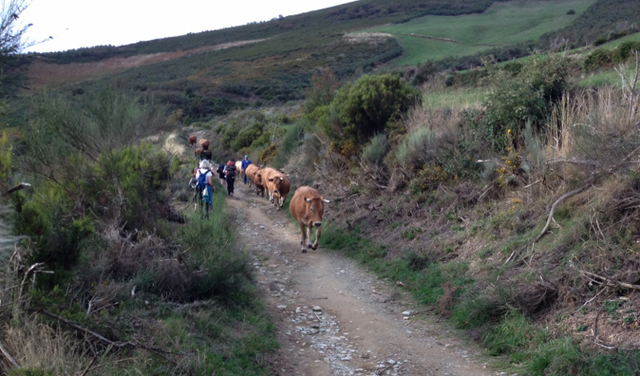
The following day we began to walk. We traversed only twelve kilometers that day, but with an elevation change of 800 meters, it was a challenging warmup. We arrived in O Cebreiro that evening after following rural paths up the hillside. We walked past ancient farms and saw rural Galicia at work: cows with bells around their necks either grazing in fields or being led home to be milked, chickens wandering in the road, honey for sale, and chestnuts and walnuts spread out on the road to dry. The passing scene, and the pilgrims walking through it, could have been from a century earlier, and not 2013.
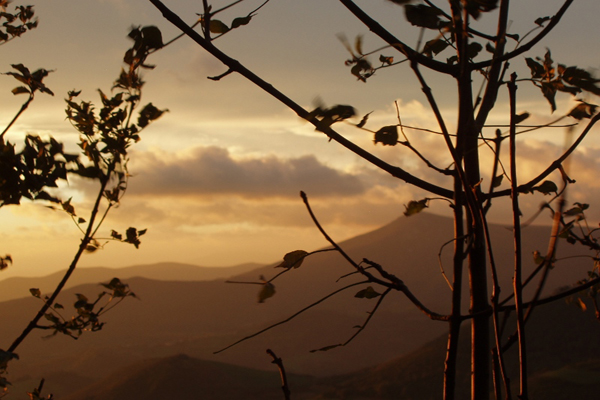
Although our purpose here as pilgrims is a humble one, we have dined on the best of traditional Galician food – fish, potato omelettes, soups made from lentils, beans, or from berza, a type of cabbage plant that is seen in every garden we passed; empanadas, beef stews, pulpo or octopus, fresh cheese and honey, tarts made of chestnuts or almonds, and flan. The distance from farm to table has been small.
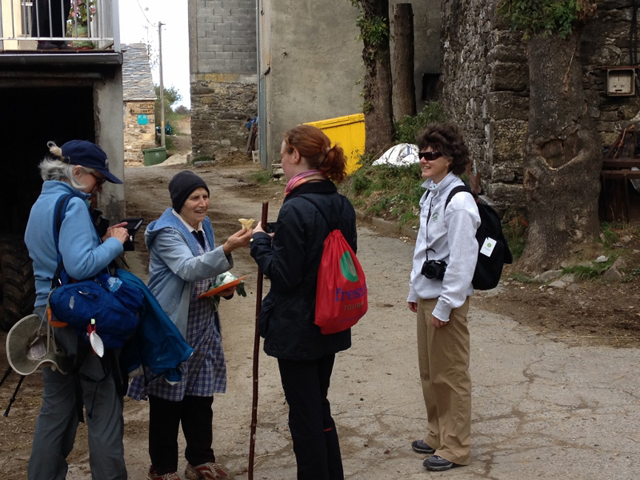
Galicia is a mountainous region, and its weather is rapidly changeable. The winds carry the clouds through quickly, and the rain that has appeared has moved on just as fast. Happily, significant rains have occurred only when we have finished walking for the day. No place we passed was windier than the Castro de Castromeior, a centuries old hill fort constructed by the Celts to resist Roman invasions. From that hilltop we could see an almost 360 degree panorama, obviously the main attraction of the site; but few trees were able to cling to the soil on that hill and it must have provided a hard existence for its occupants.
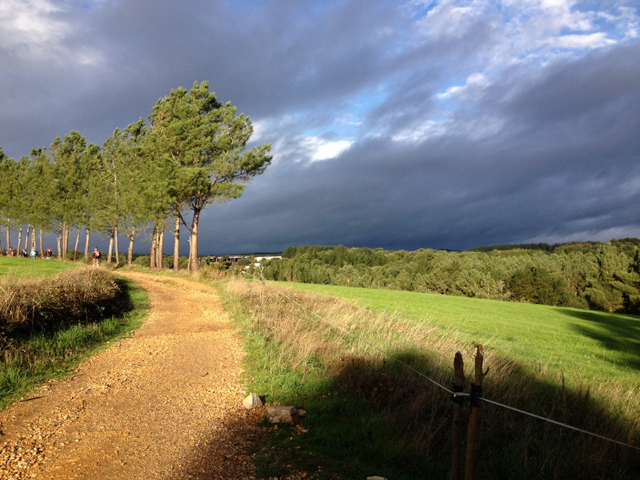
By now we are over the hardest of our adjustments to the physical challenges of walking each day, and we take time to appreciate the natural beauty of Galicia as we pass through forests of oak, birch and pine, and now eucalyptus. It is surprisingly reassuring to know that the paths we walk have been shared over the ages by other pilgrims, each with their own purpose in walking to Santiago.
